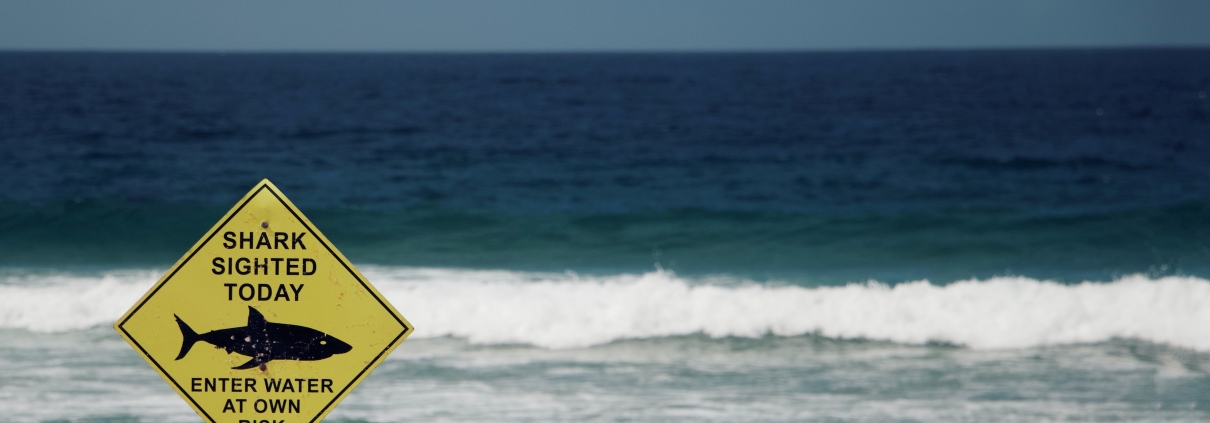Picture this if you can: Two kayaks tied side-by-side to the roof of my car as I set out for the small town of Tarwin Lower in Gippsland to drop them into the river for a bit of R&R on the water. Life vests in the boot? Check. Paddles aboard? Check. Tides checked and favourable. So, risk assessment complete and all OK for the day, right? Well, not quite.
It certainly seemed like I’d covered all my bases, but I’d taken a calculated risk that my years of cub scouting meant the knots used to tie the kayaks to the roof racks were suitable and secure. And to be fair, they were. But I had not factored in the forces of nature and wind speed at 80kph on a twisty, open road. My risk assessment checklist was inadequate.
Of course, we do things every day that entail risk assessment and largely, our personal experience, knowledge & judgement prevent anything untoward occurring. In the above example I mitigated the risk by having a passenger watch the kayaks carefully through the sunroof! As soon as we saw movement we didn’t like we were able to abort the trip and return home to find better bindings.
In business, risk assessment needs to be a little more measured and proactive!
Businesses have the responsibility to ensure their staff understand any risk associated with their work and their working environment and what controls need to be adopted to remove or reduce risk – particularly risk of an accident at work. The consequences of not doing so are far more costly than turning a car loaded with kayaks around and starting again! The bottom line is:
“A risk assessment will protect your workers and your business, as well as complying with law”
Every organisation should have a risk assessment done by a suitably qualified person capable of identifying hazards, evaluating and categorising risk. This allows an organisation to then implement reasonable control measures to remove or reduce risk.
An assessment needs to address the following elements:
- An accident: ‘an unplanned event that results in loss’
- A hazard: ‘something that has the potential to cause harm’
- A risk: ‘the likelihood and the severity of a negative occurrence (injury, ill-health, damage, loss) resulting from a hazard.’
Naturally, there are many diverse types of risk assessment (fire risk, handling dangerous goods, working from heights etc) so any risk assessment you carry out needs to be “proportionate and relevant to the operational activities” of your business or organisation”. That said, many industries will have specific legislative requirements that businesses must incorporate into their risk assessments.
So, the bottom line is a risk assessment is a simple, structured method of identifying, eliminating, reducing and/or controlling risk to benefit the health, safety, and wellbeing of your employees. Every business needs one.
Nuffield Group provides consultancy and support services including risk assessment and compliance. Find out more here.

 Photo by Lubo Minar on Unsplash
Photo by Lubo Minar on Unsplash